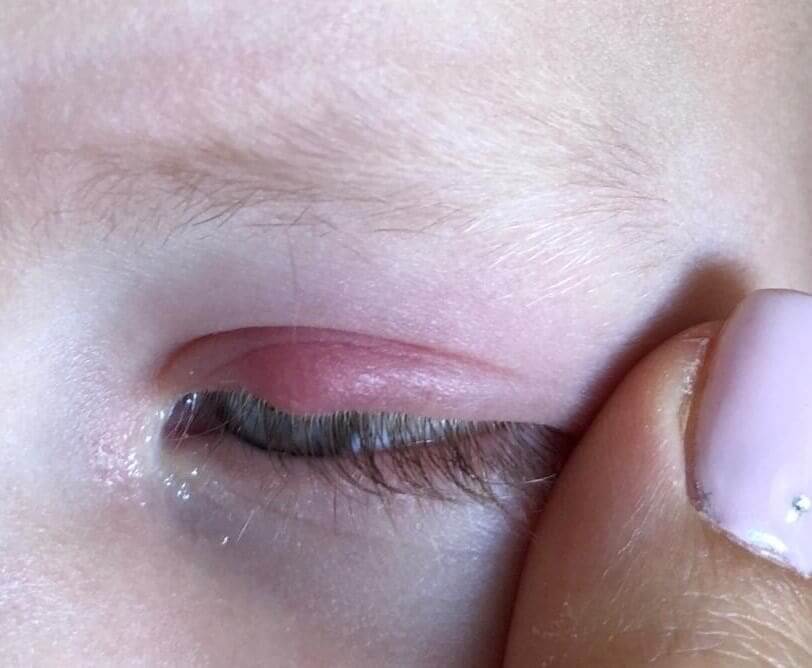
Stye
Styes are simply an obstruction of one of the glands in the eyelid (either upper or lower) which normally secrete an oily fluid that is supposed to mask the area of the eye.
When an obstruction occurs due to one reason or another, a round, hard lesion can be felt in the area of the obstruction. If a secondary bacterial infection occurs in the area, swelling, redness and tenderness appear.
Usually this is a unilateral condition but, in some cases, we see bilateral styes that appear in both eyes at the same time.
Why does this happen? There is no clear-cut answer. Some children/adults have a tendency to develop styes and others will never come across throughout their life.
Are styes caused by an infection?
Not at the start of their development, no. Styes occur simply as a result of a mechanical obstruction. However, after they have developed, secondary bacterial infections can occur. This is mostly caused by the skin bacteria Staphylococcus aureus, and it leads to the development of swelling, tenderness and redness in the area of the lesion. Sometimes, there is also secretion of fluid. Such cases are referred to as abscesses.
How are styes treated?
Warm compresses are the best treatment for these lesions. Make sure to use cotton pads/towels that have been placed in warm water, but not too warm! Grandmas like to use warm tea bags.
In addition to warm compresses, it is recommended to massage the area at least three times daily.
If a bacterial infection is suspected, a topical antibiotic and steroidal ointment is to be used.
Be aware that steroids are just as important as antibiotics since they decrease the swelling in the area and so the treatment ointment should be chosen wisely.
Surgical interventions are required in rare cases.
What if the stye doesn’t resolve?
The first thing you need to do is wait patiently for a little bit longer. Sometimes, an inflammatory reaction occurs and a granuloma, referred to as a chalazion, is formed. This chronic lesion needs to be cut open surgically and removed by an ophthalmologist.
Are styes infectious? When can children return to day-care/school?
Styes are non-infectious conditions, they are simply a mechanical obstruction of a gland. However, secondary bacterial infections occur frequently, and these infections are obviously infectious.
A child can return to school/day-care once the local redness has resolved and there is no secretion of pus from the lesion. Be aware that a non-infectious lesion (warm, red, tender and secretory), may still be apparent, but it shouldn’t prevent children from returning to school.
Good luck!
For comments and questions, please register
